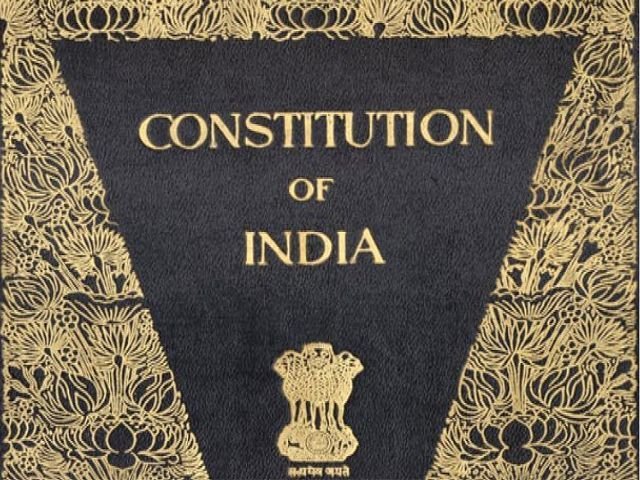The RTI revelation about the absence of a government policy on printing the Constitution of India highlights a significant oversight in the governance framework.
NEW DELHI (India CSR): In a surprising revelation, a recent Right to Information (RTI) query by Rusen Kumar has unearthed that the government of India lacks a formal policy and specific guidelines for the printing and periodic publication of the Constitution of India. This finding raises crucial questions about the accessibility and quality of the most pivotal document governing the nation. The absence of a structured approach to publishing the Constitution highlights a significant gap in the governance framework, potentially affecting the dissemination of this fundamental text to the public.
The Revelation
According to the RTI response, the government does publish pocket and A4-sized editions of the ‘Constitution of India’ from time to time. However, there is no established timeline or frequency for these publications. The responsibility for printing, publishing, and selling the Constitution lies with the Department of Legal Literature Publication under the Ministry of Law and Justice. This department acts based on demands or requests from the Controller of Publications and other bodies within the Legislative Department, the Times of India report revealed.
Lack of Specific Guidelines
The RTI reply, prompted by an application from Rusen Kumar, a Senior Journalist in Chhattisgarh, also revealed that there are no specific guidelines concerning the quality of paper, printing, font size, ink standard, page thickness, or binding used for publishing the Constitution. This lack of detailed standards has led to varied and often subpar quality in the printed editions available to the public.

Rusen Kumar’s Perspective
Rusen Kumar expressed concern over the government’s apparent disregard for the standards and quality of the Constitution’s printed versions. He emphasized, “The Constitution of India is the world’s finest and lengthiest written live document. Our democracy depends and takes inspiration from the Constitution. It is the mother document that governs the state and whole system. We are all guided by this constitution. So, why shouldn’t the government have a written directive and policy on the frequency of publication, size, font size, paper quality, ink standard, page thickness, binding, etc.?”
Kumar has been actively purchasing copies of the Constitution to spread awareness about its significance in the daily lives of common people. Reflecting on his experiences, he noted, “I have copies of the pocket-sized English-Hindi 2011 edition of the Constitution of India, and I found that the paper and printing quality is very poor, the texts are not readable, and overall, it seems there is no quality check.”
The Need for a Standardized Approach
The absence of a formal policy and standardized guidelines for publishing the Constitution of India raises several critical issues. Firstly, it undermines the quality and readability of the document, which is essential for educating and informing citizens about their rights and responsibilities. Secondly, it can lead to inconsistencies in the text, potentially causing confusion or misinterpretation of the laws and principles enshrined in the Constitution.
An official from the Ministry of Law and Justice, speaking on the condition of anonymity, stated, “There has been no specific directive or guideline issued for private publishers to print and publish the Constitution of India. This has resulted in a lack of uniformity and varying quality in the editions available in the market.”
The Way Forward
Given the importance of the Constitution as the supreme legal document of the country, it is imperative for the government to establish a clear and comprehensive policy for its publication. This policy should include specific guidelines on the frequency of publication, quality of materials used, and other relevant standards. Ensuring that high-quality, readable editions of the Constitution are readily available to the public is essential for fostering a well-informed citizenry and promoting the rule of law.
Conclusion
Addressing this gap is crucial to ensuring that the supreme document of the nation is accessible, readable, and of consistent quality. As Rusen Kumar aptly pointed out, “We are all guided by this constitution. It is high time that the government implements a standardized approach to its publication, ensuring that every citizen can access and understand this foundational text.”
(India CSR)






